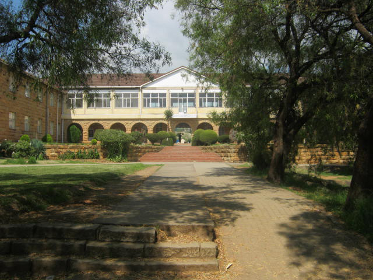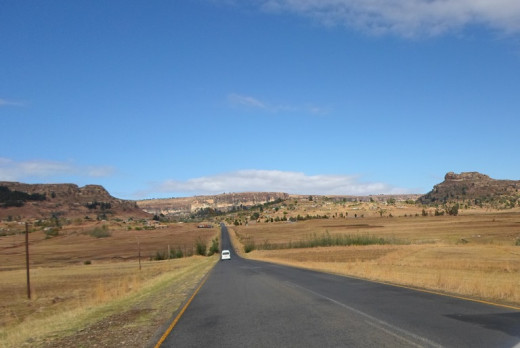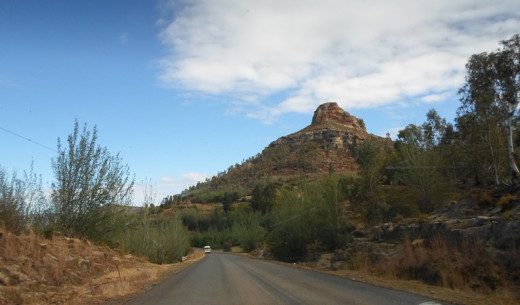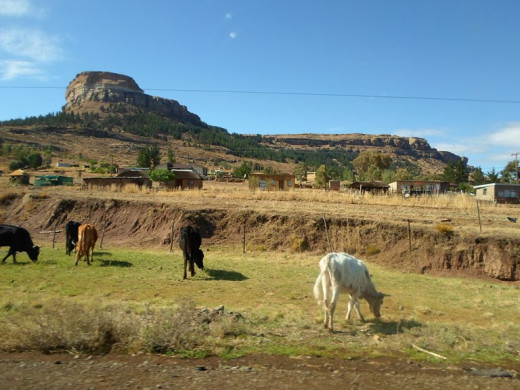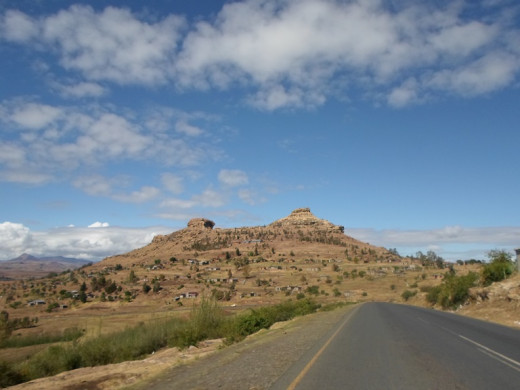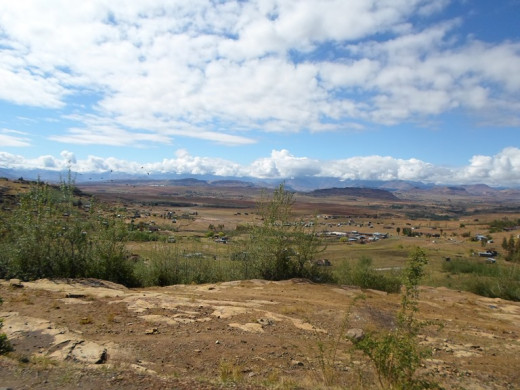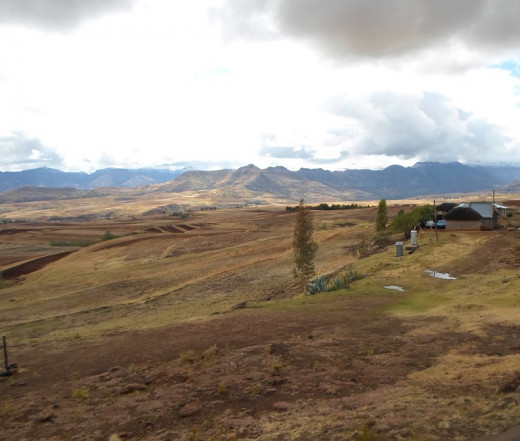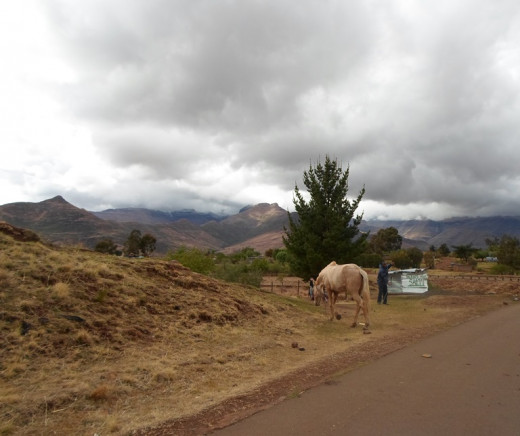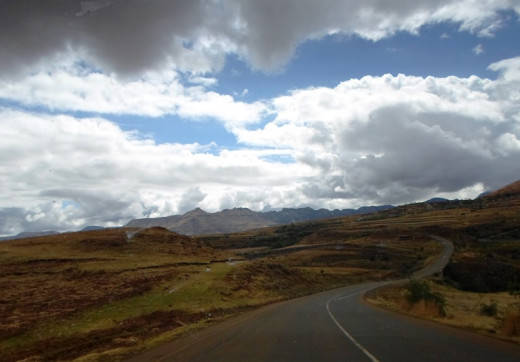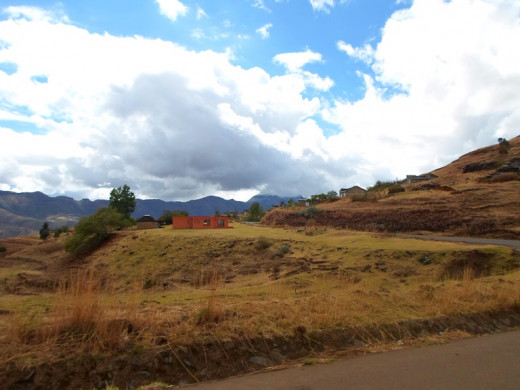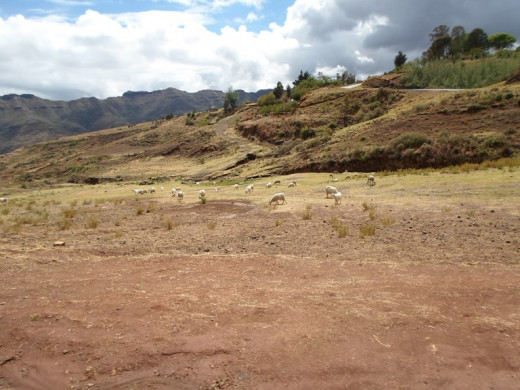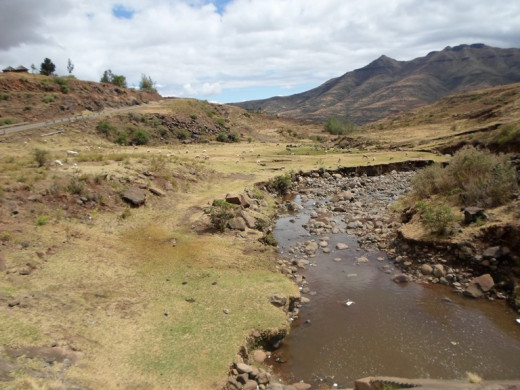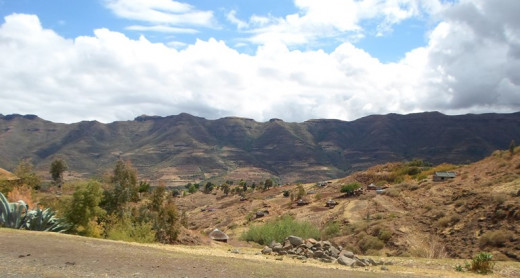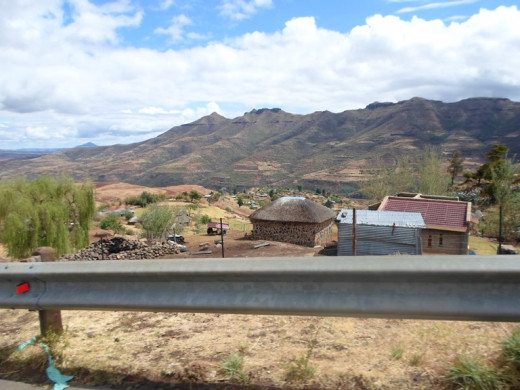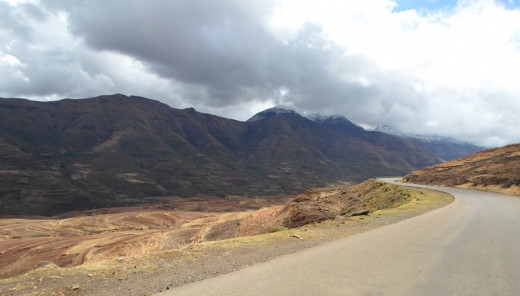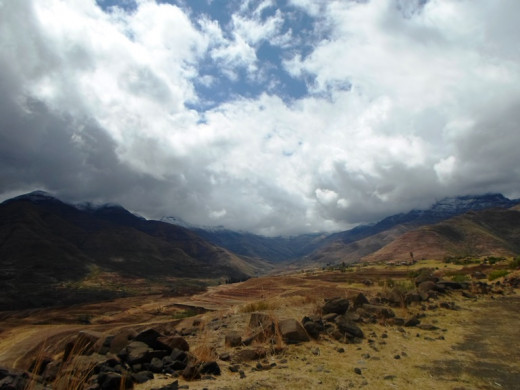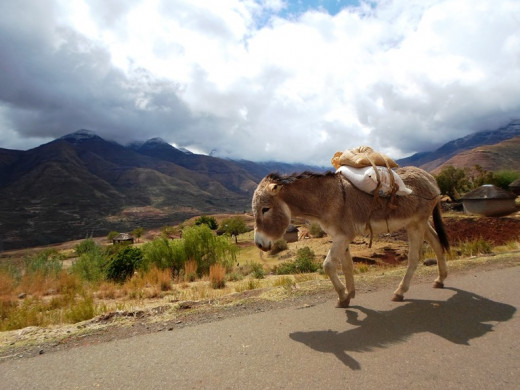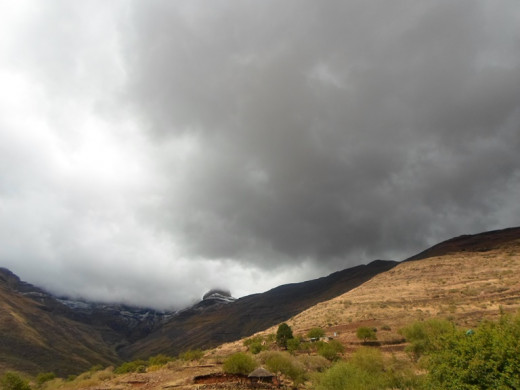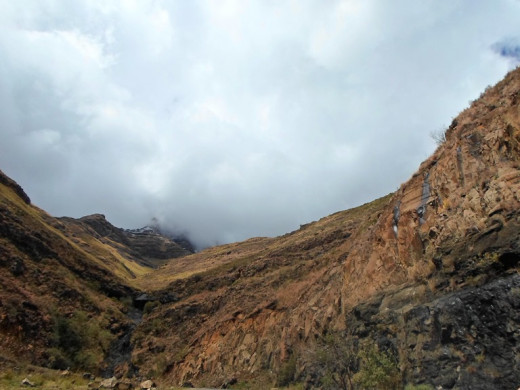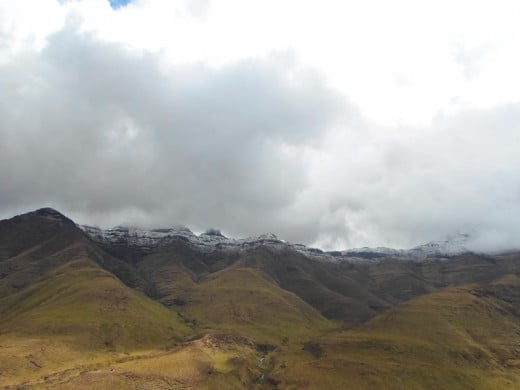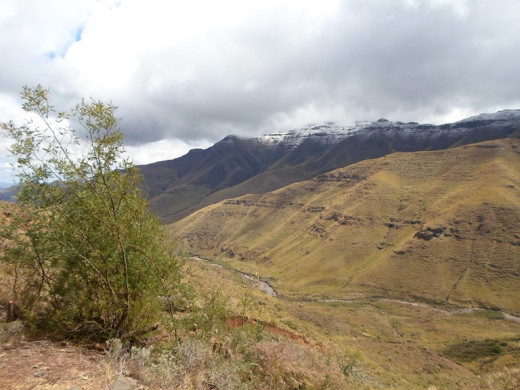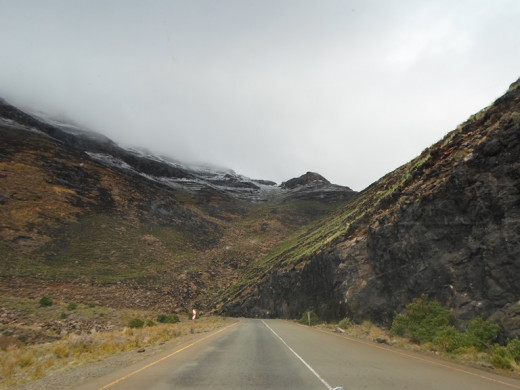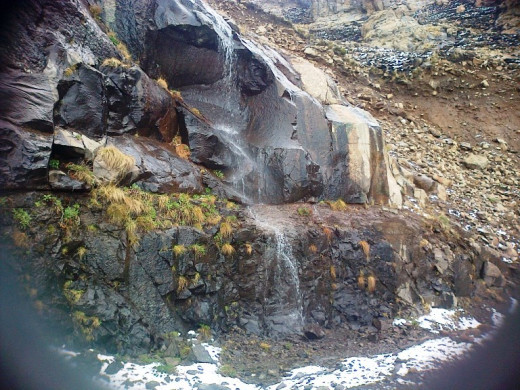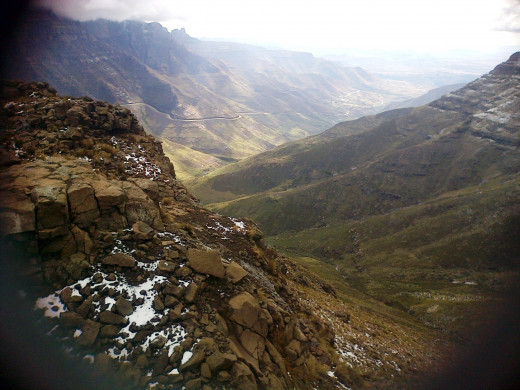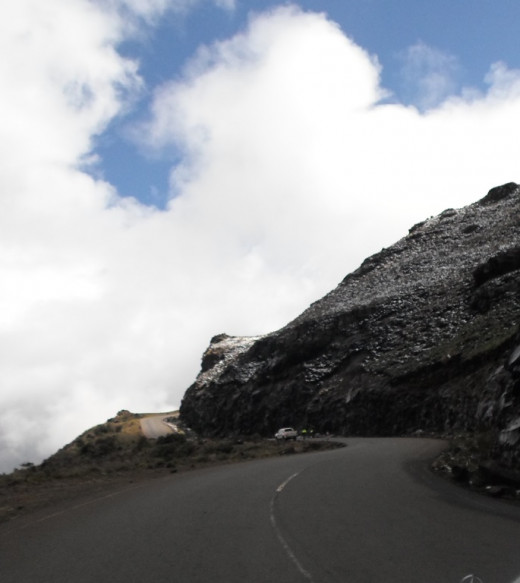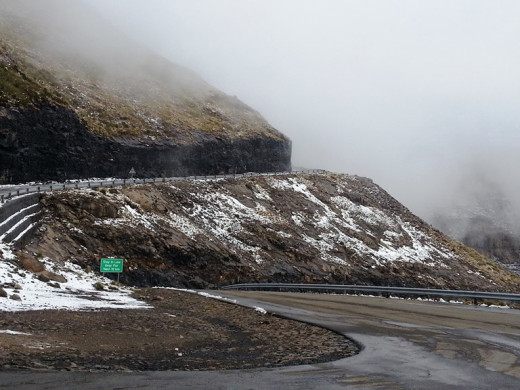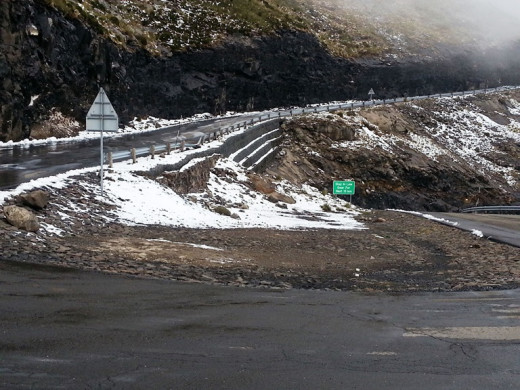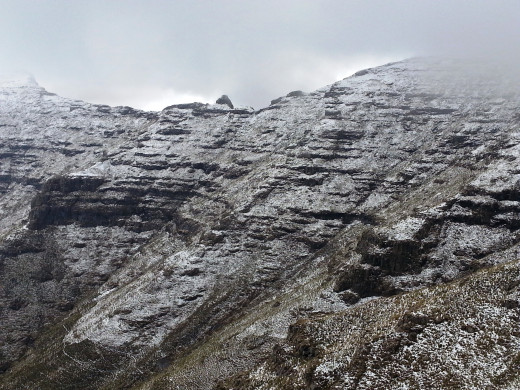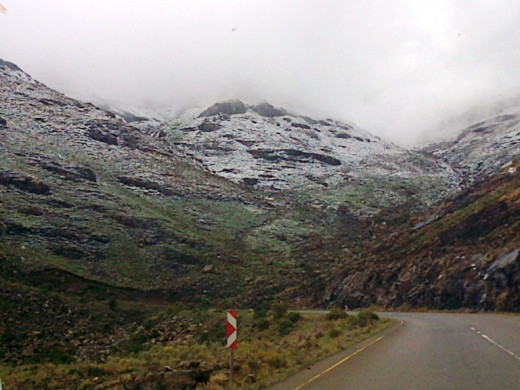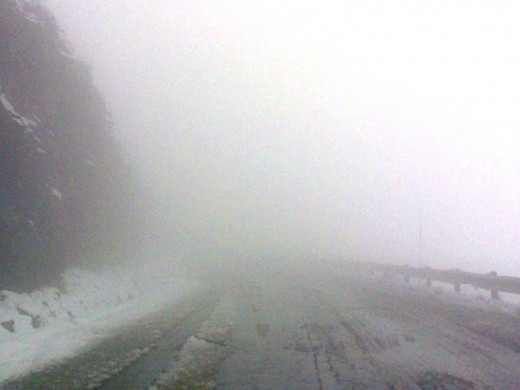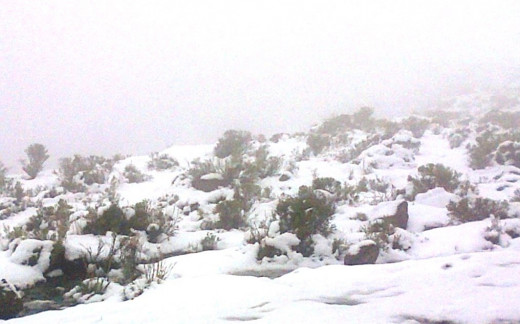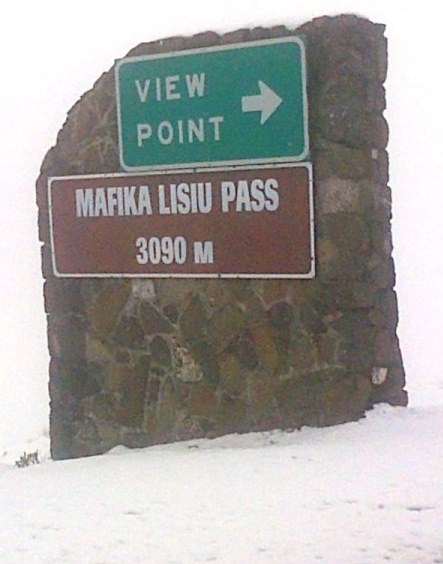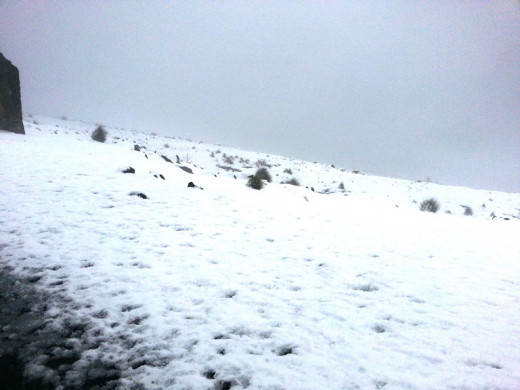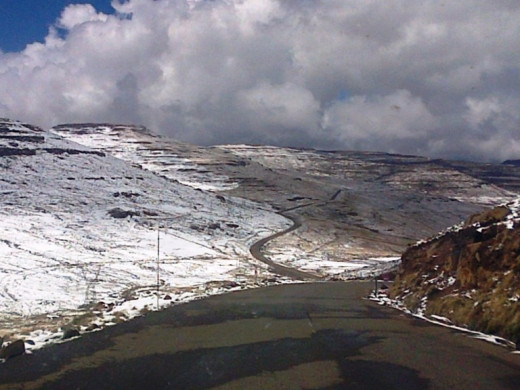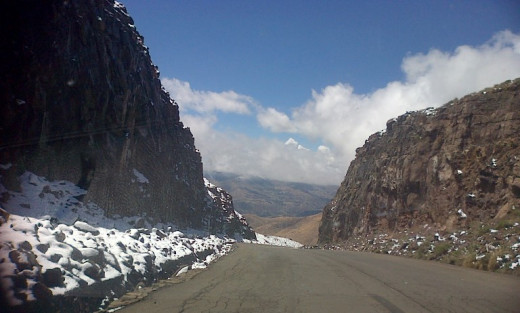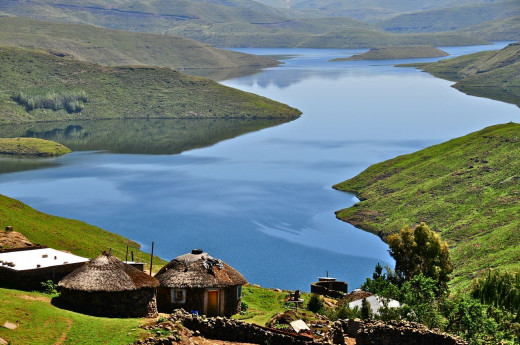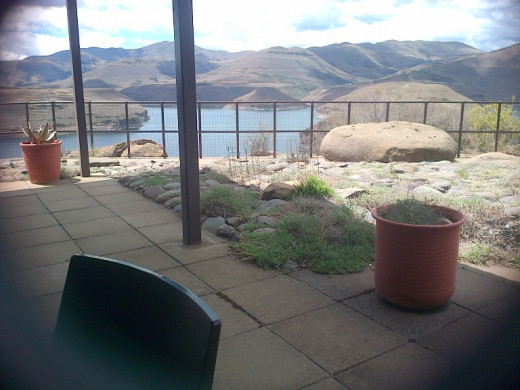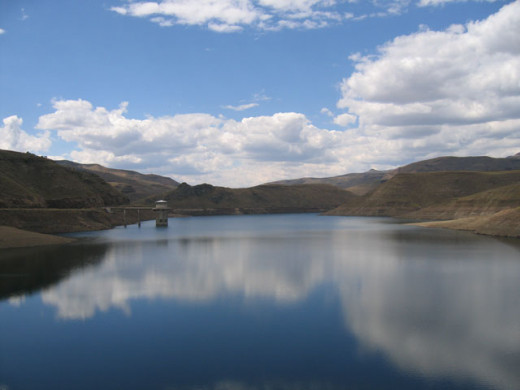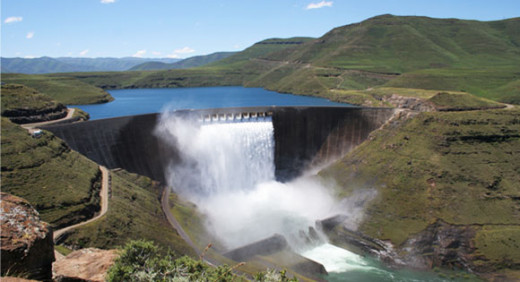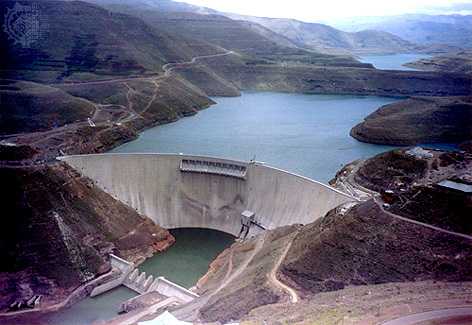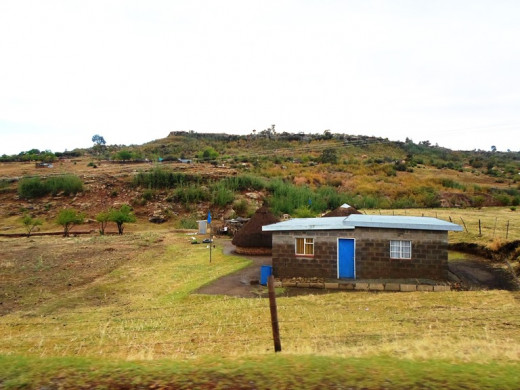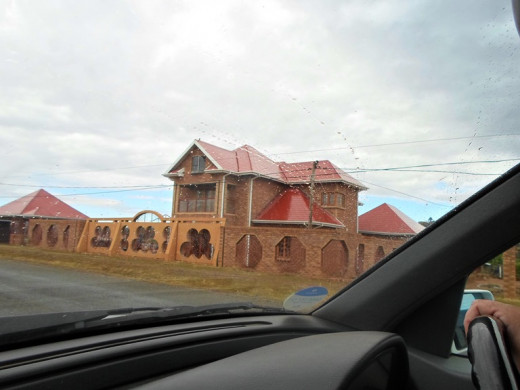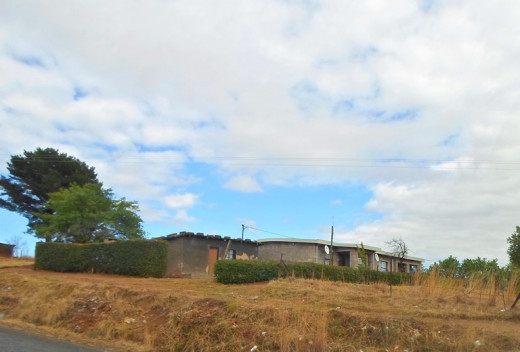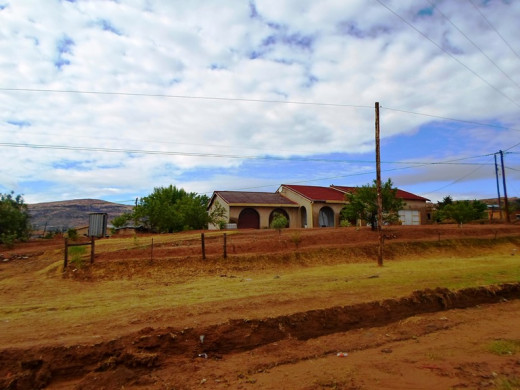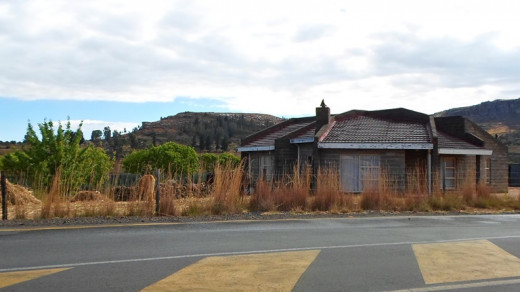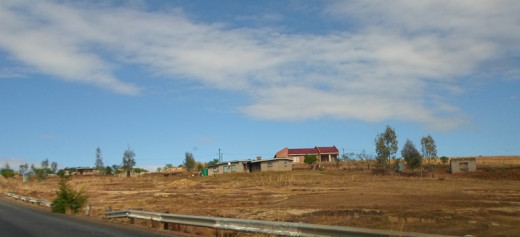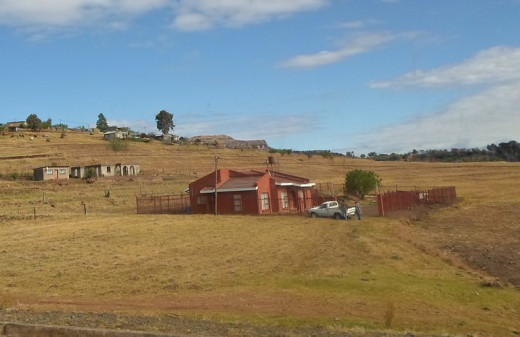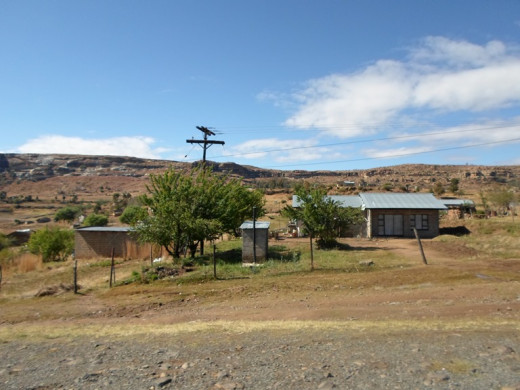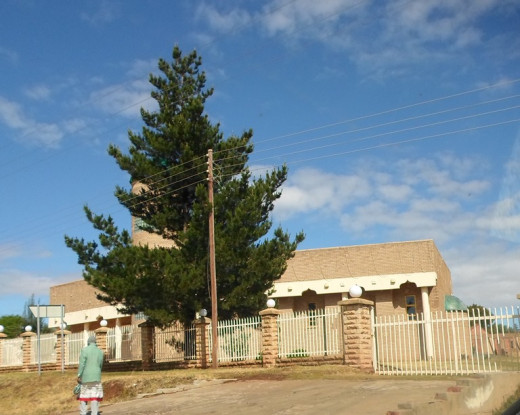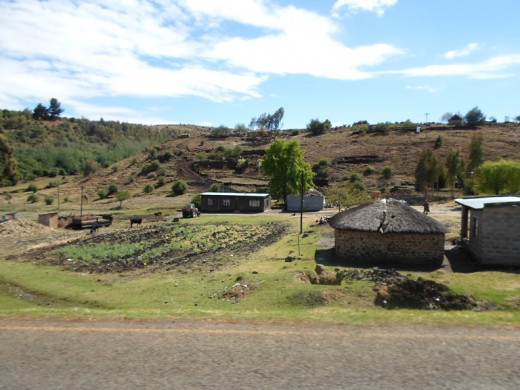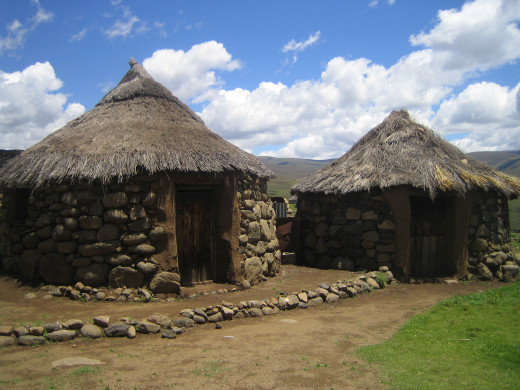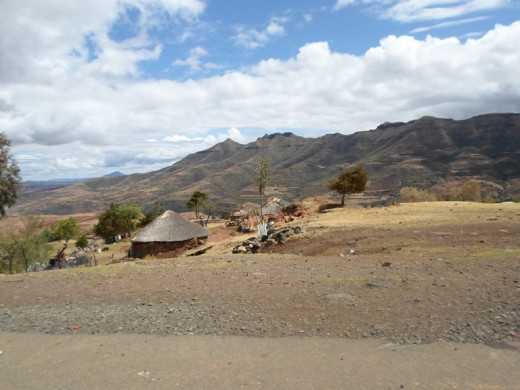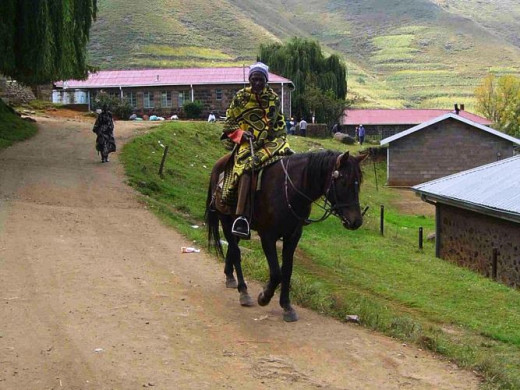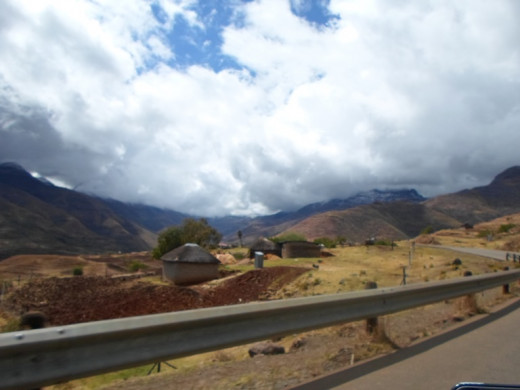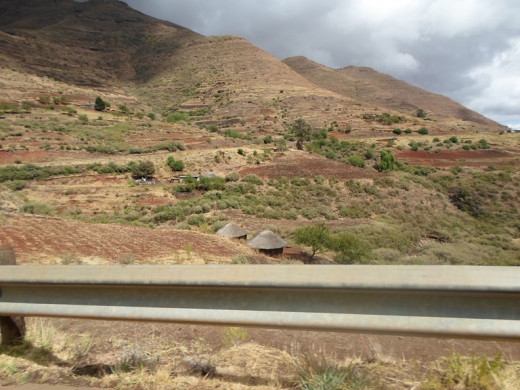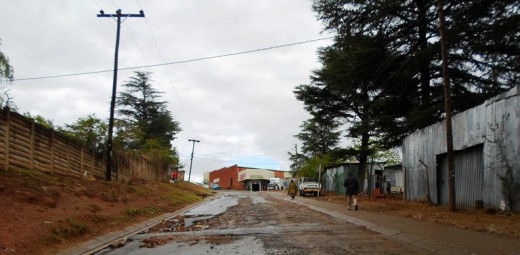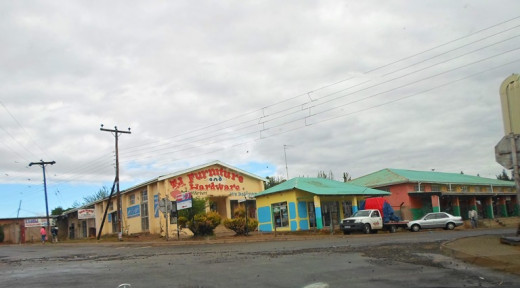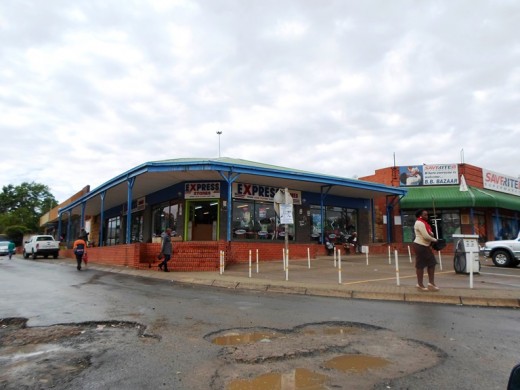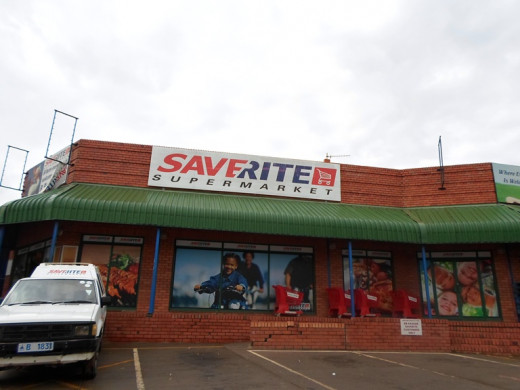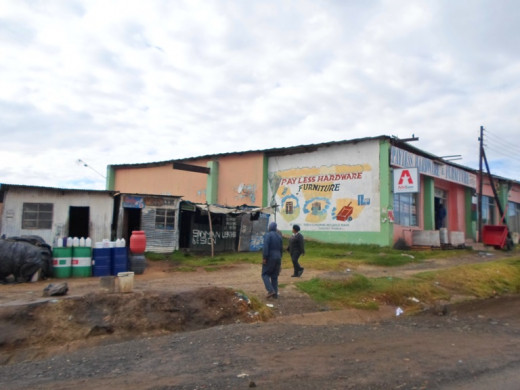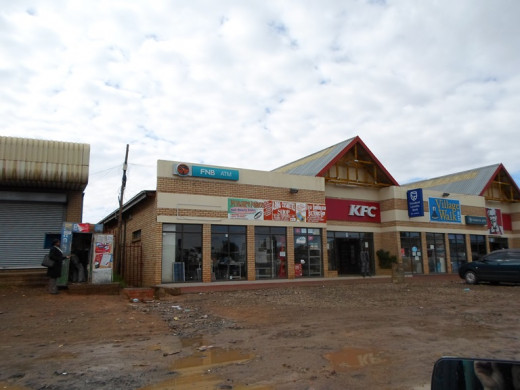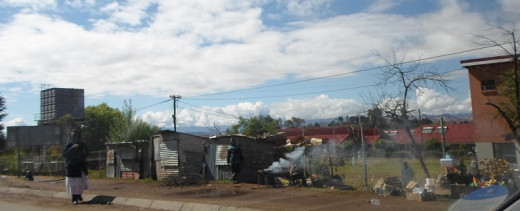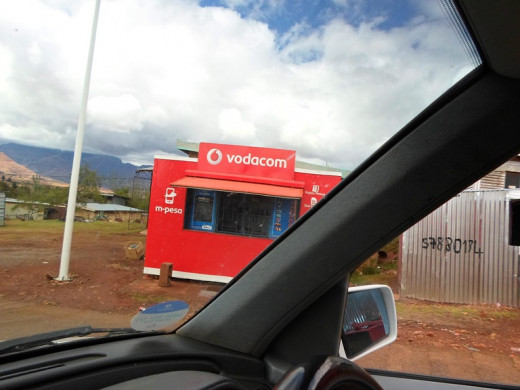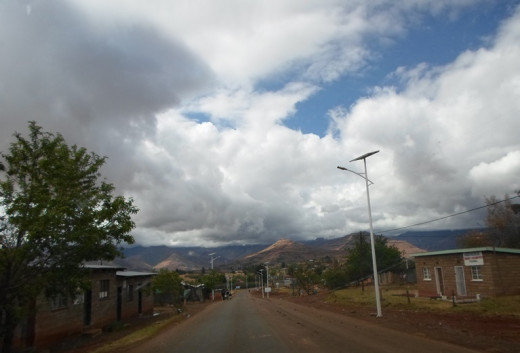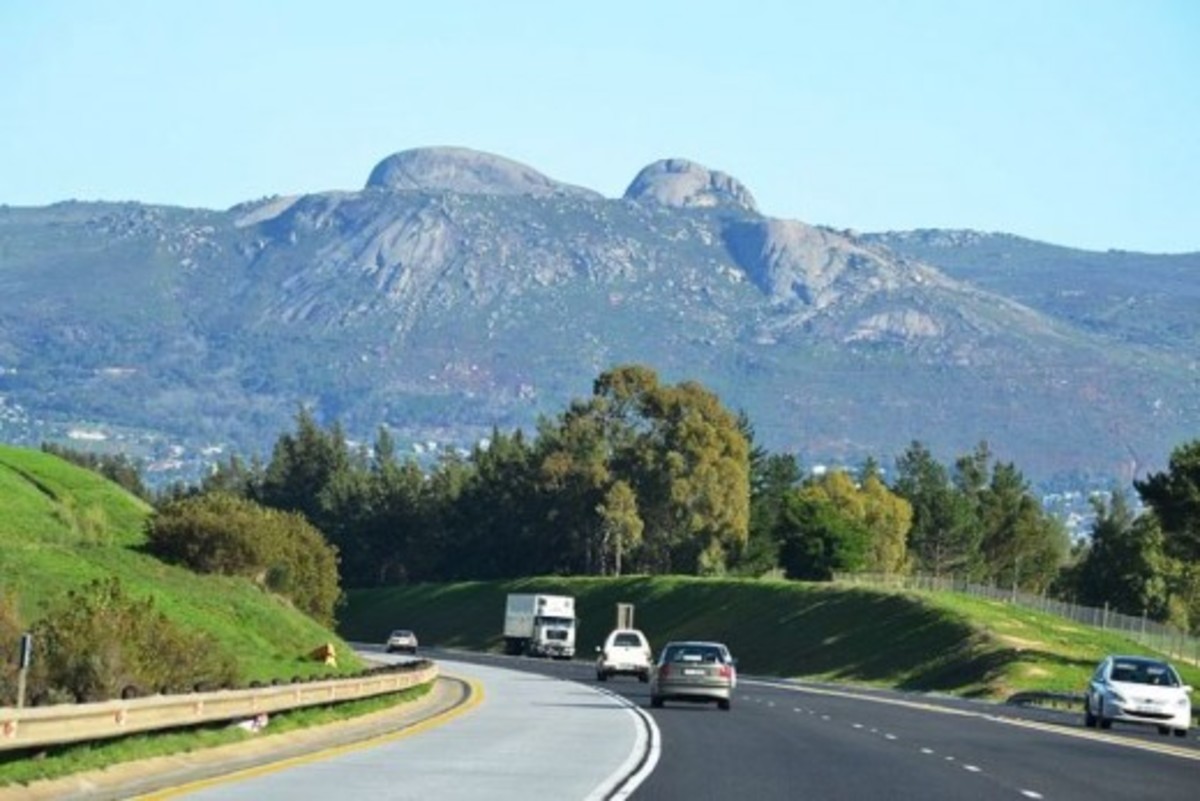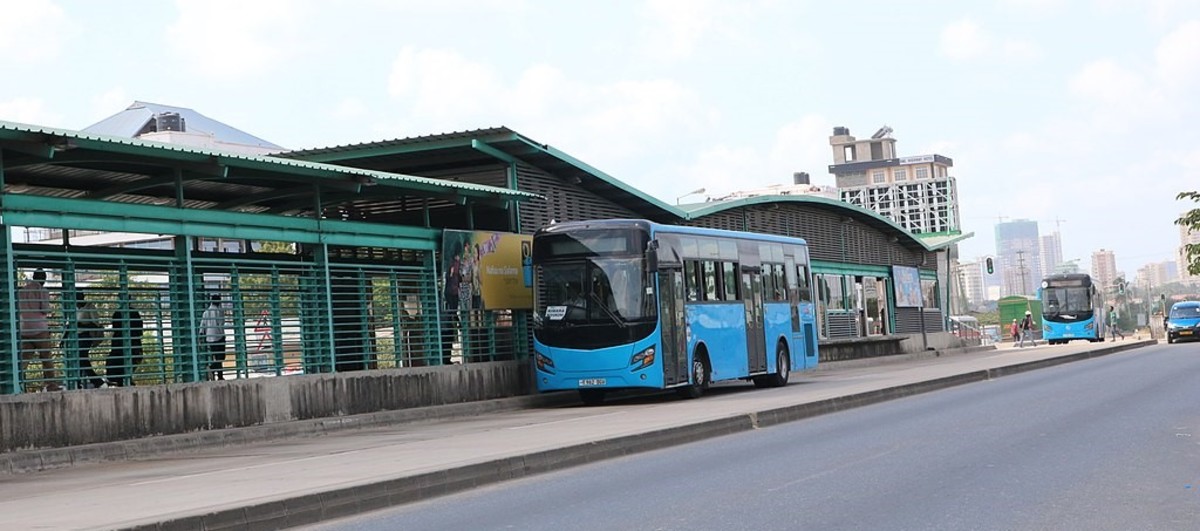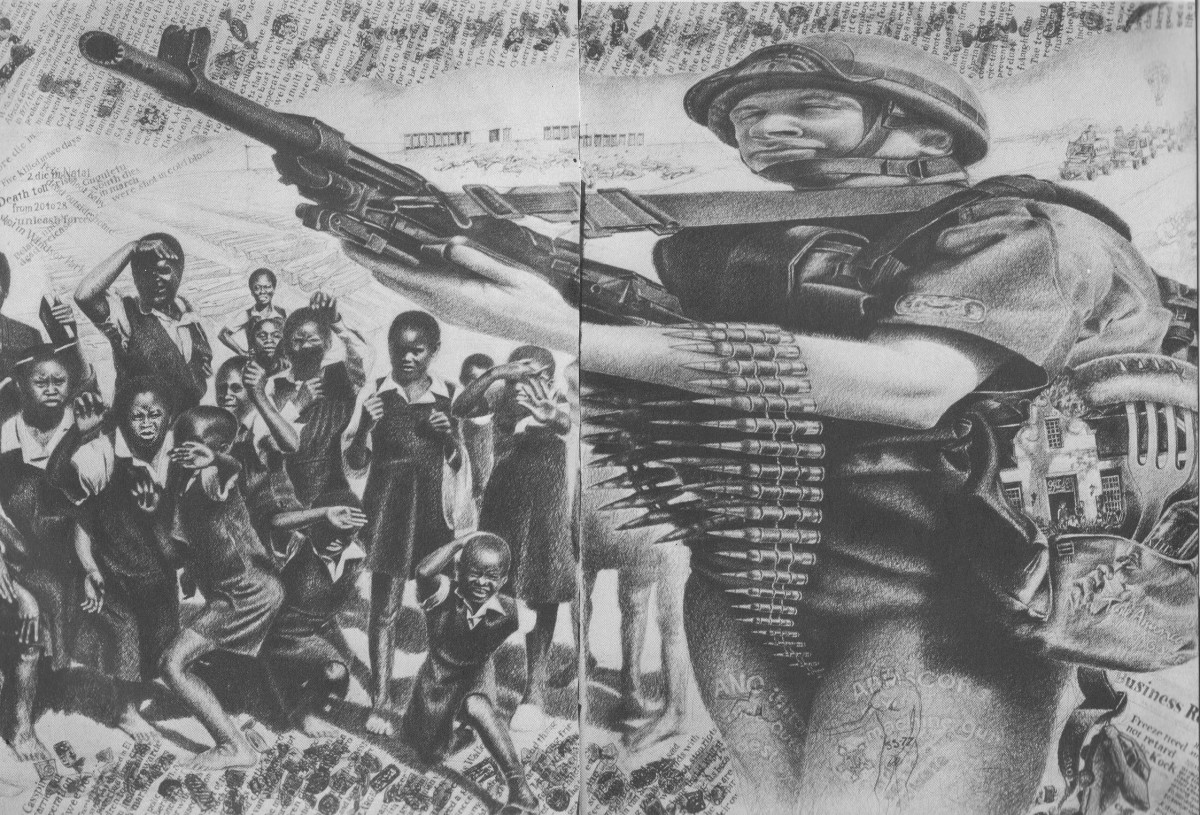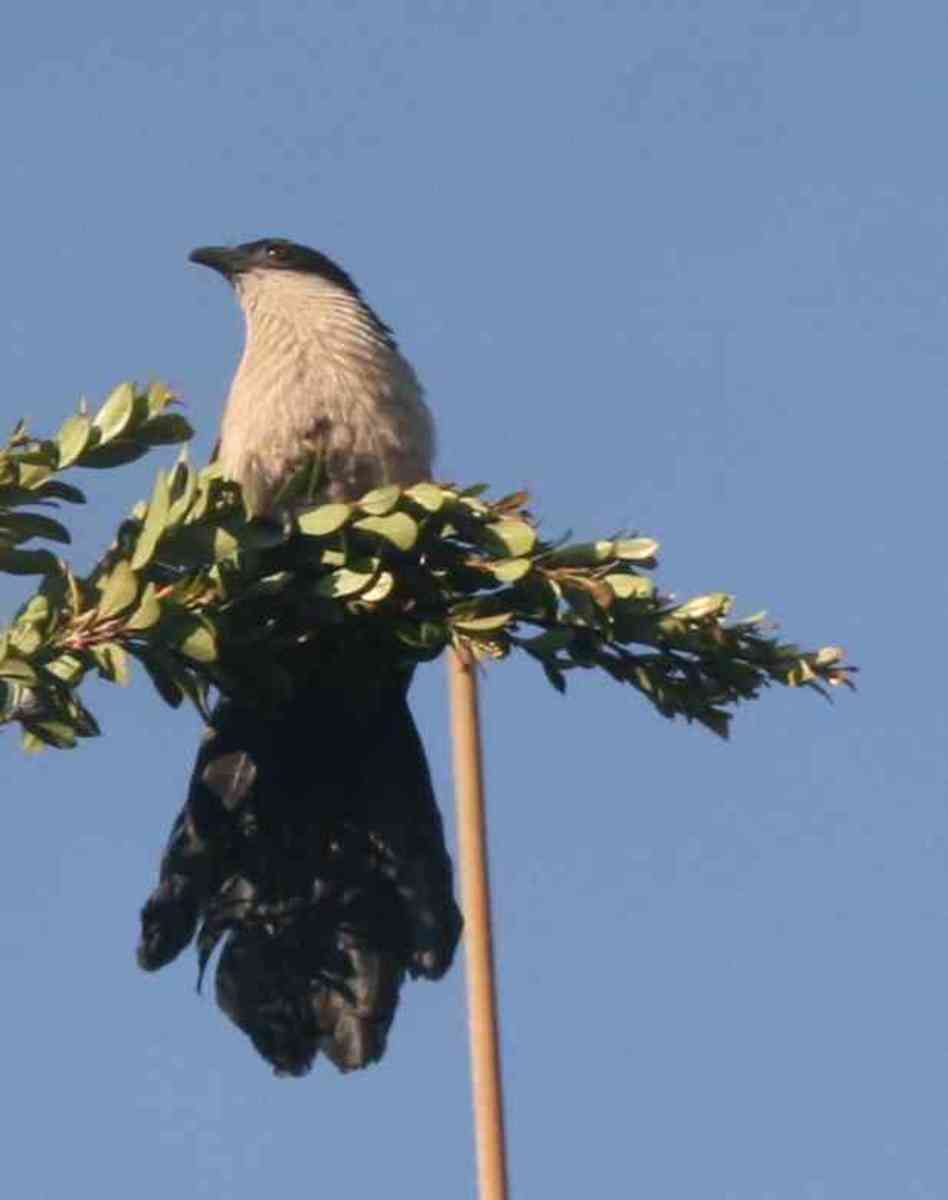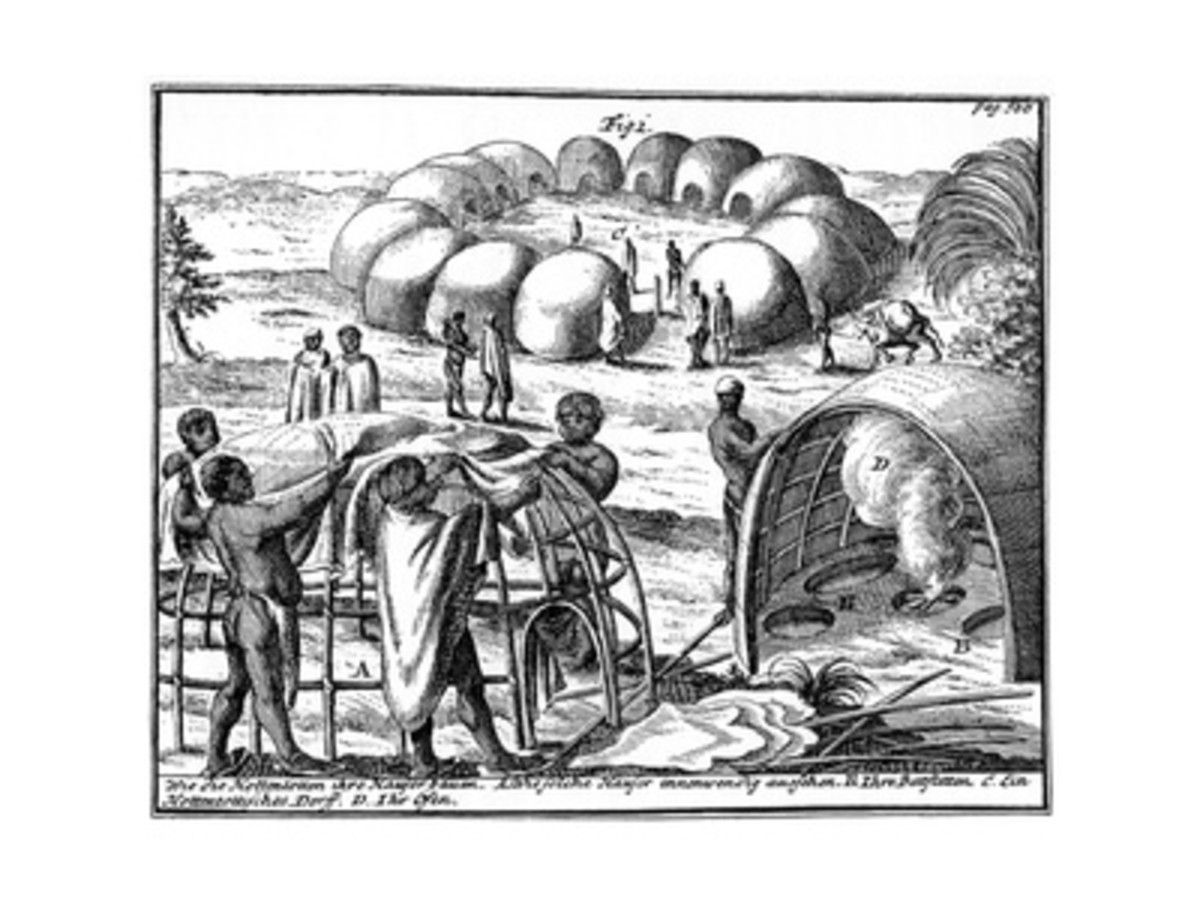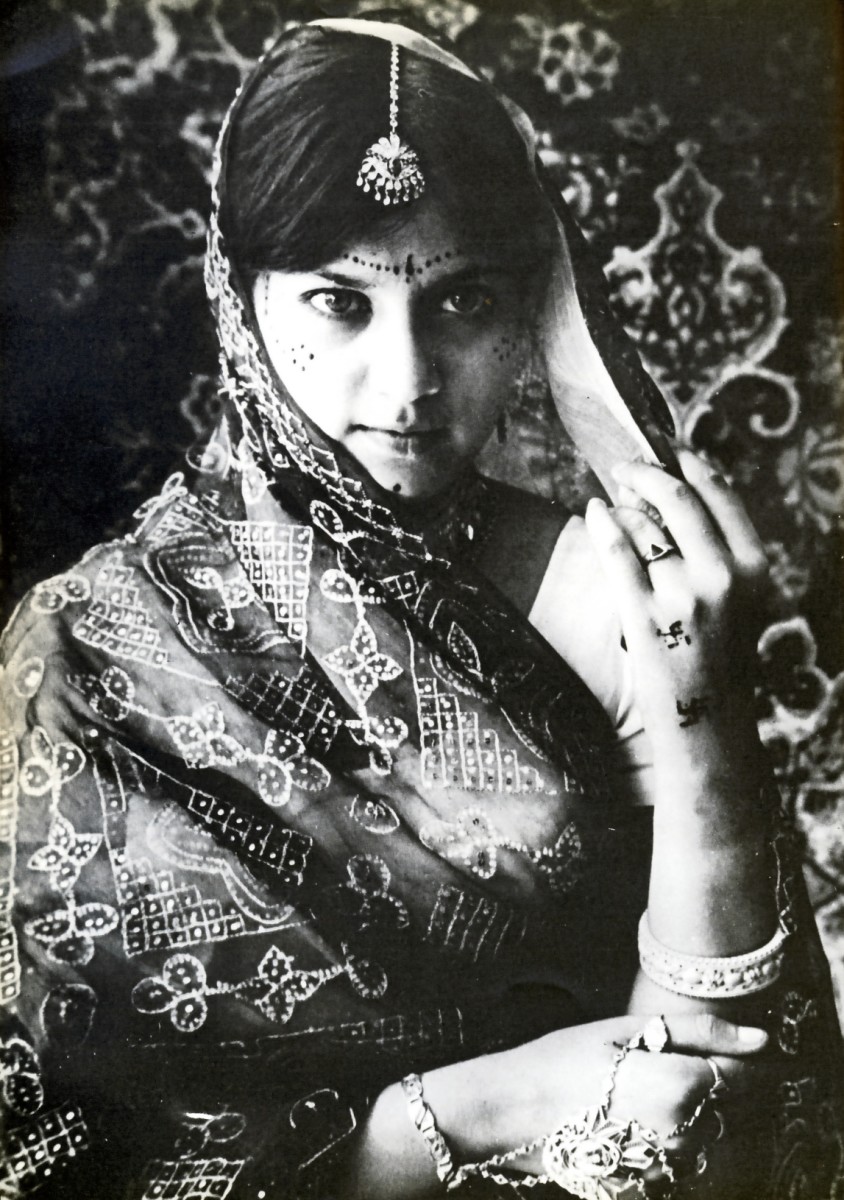Lesotho – A Road Trip to the Katse Dam - The Highest Dam in Africa
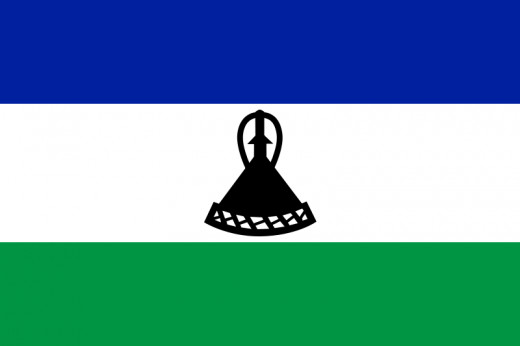
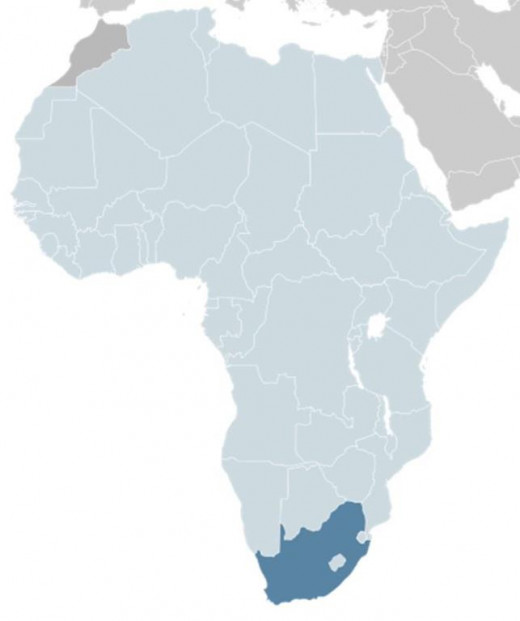
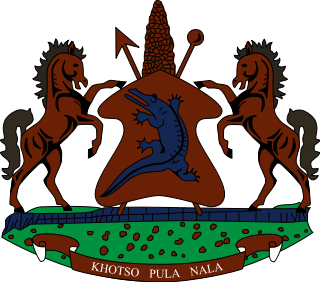
The Mountain Kingdom of Lesotho
Our road-trip to the Katse Dam – the highest dam in Africa situated in the Maluti Mountains of Lesotho - was another enlightening glimpse of -
- Exquisite nature,
- Poor people’s ability to live in harmony with nature,
- Poor people’s inability to practice their creative skills, expose their sense of the aesthetic and maintain it as a pride for themselves.
Warning: According to travel.state.gov Lesotho has a high crime rate. Foreigners are frequently targeted, robbed, car-jacked and even killed. (Sadly, this is also the case in South Africa.)
Fortunately we can enjoy virtual tours via the Internet.
(Somehow there is always something to be grateful for.)
Lesotho, Southern Africa
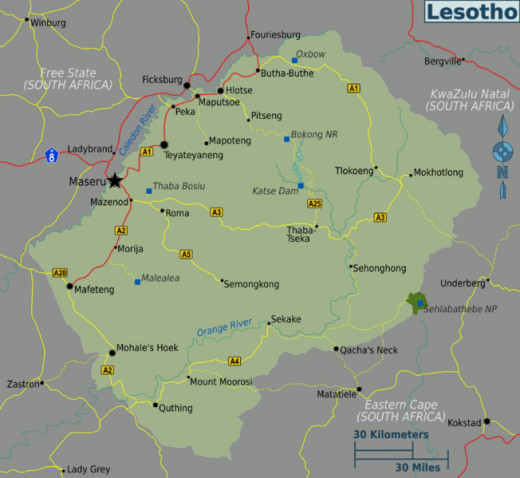
Miss Lesotho 2013 - Mamahlape Caroline Matsoso
Lesotho music and images
Exquisite landscape between the Caledon border post (South Africa) and the Maluti Mountains in Lesotho
Click thumbnail to view full-size










Maluti Mountains, Lesotho
Click thumbnail to view full-size











The peak of the Mafika Lisiu Pass in the Maluti Mountains of Lesotho -
Click thumbnail to view full-size










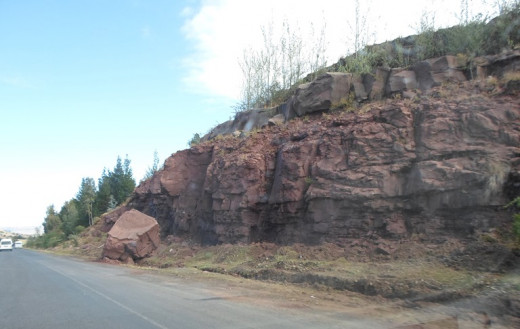
Lesotho Highlands Water Project
The Lesotho Highlands Water Project is Africa's largest water transfer scheme, comprising a system of dams and tunnels to store and transfer water in the Highlands of Lesotho to many areas in South Africa. Read more about it here.
This video below will give the reader only half an idea of this massive water project in the Maluti mountains, involving several rivers. Due to the fact that the project is not yet completed according to the plans of the engineers, the unbalanced pressure of water is now causing earthquakes and rock-falls.
Orion Katse Lodge - view from restuarant
Katse Dam - the highest dam in Africa
Click thumbnail to view full-size




Maseru
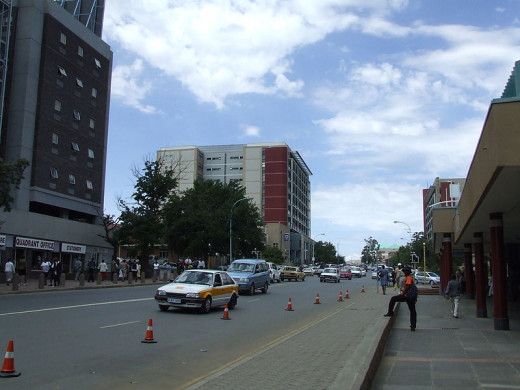
People’s ability to live in harmony with nature -
Not all the citizens of Lesotho are poor. I have seen pictures - evidence - of exceptional wealth in the capital city, Maseru. However, we have travelled through a rural area that has given me the idea that most people are poor, but happy, living in harmony with nature. I haven't noticed the Western tendency of "keeping up with the Joneses".
Perhaps the following statistics dated 1 January 2012 and some more pictures can give us an idea what the standard/style of living is in the rural areas of Lesotho -
(NB: Maseru means 'place of the red sandstone'.)
Poverty levels: South Africa, neighbouring countries and others
Country
| % of Population living below poverty level
|
|---|---|
Swaziland:
| 69%
|
Zimbabwe:
| 68%
|
Namibia:
| 55,8%
|
Mozambique:
| 54%
|
South Africa:
| 50,6%
|
Lesotho:
| 49%
|
Botswana:
| 30,3%
|
OTHER COUNTRIES:
| |
USA:
| 15,1%
|
United Kingdom:
| 14%
|
China:
| 13,4%
|
Canada:
| 9,4%
|
Ireland:
| 5,5%
|
Mexico:
| 51,3%
|
Houses on small holdings close to a town gave me the impression that many citizens of Lesotho are NOT poor...
Click thumbnail to view full-size








LAND OWNERSHIP IN LESOTHO
The basic principle of Lesotho's traditional land tenure system is that it vests all land in the Basotho nation with the king holding it in trust as head of state. This principle is considered to be a sound one, since it is a forceful recognition that land is the most important natural resource for the welfare of the nation, present and future. As in all customary systems, there is no individual ownership of land in Lesotho.
Authorities (chiefs) allocate an arable land to one to cater for their family's subsistence but has exclusive rights only to crops and the land reverts to communal use after harvesting. There are no individual rights to grazing as all members of the community are entitled to communal grazing.
Read more about the problems of the LAND TENURE SYSTEM IN LESOTHO here.
Houses in the country, each with their own crops and cattle...
Click thumbnail to view full-size





'Rondawel' is our word for a Basotho hut
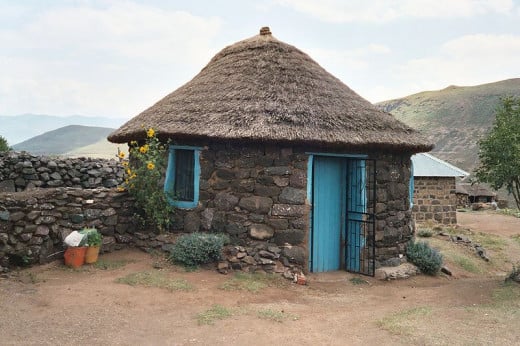
Towns and villages are repelling!
According to my blind judgment the cause of unattractive towns and cities is to blame on -
- An ineffective city council lacking a system and sufficient regulations;
- The absence of qualified and artistic designers and planners,
- A shortage of enthusiastic and inspired personnel,
- Poor and/or apathetic citizens.
I can add many more reasons why too many cities and towns in the entire Africa, including South Africa, look like the breeding grounds of snakes, pests and criminals. I can proof all of them with pictures - pictures of neglected areas opposed to pictures of the luxurious residences and vehicles of councillors and managers (or chiefs and kings) who could give a tinker's damn as long as they get their exorbitant remuneration at the end of each month. But this will be wasting my precious time and energy.
Fact is, people who are mentally, spiritually and financially poor are unable to practice their creative skills, expose their sense of the aesthetic and maintain it as a pride for themselves and for all to respect and admire.
A town with only here and there a glimpse of pride -
Click thumbnail to view full-size








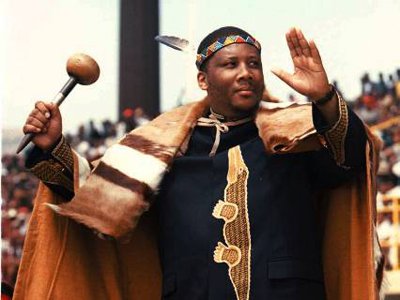
Relevant background: Lesotho
Lesotho is an independent kingdom surrounded by South Africa. (The prefix ‘le’ means ‘land’ or ‘place’)
The people of Lesotho are called Basotho. (The prefix ‘ba’ means ‘people’)
The language of the Basotho is Sesotho, rooted in the Niger–Congo language family.
According to the History_of_Lesotho, Lesotho finally became an independent country on October 4, 1966, hence called the Kingdom of Lesotho, governed by a constitutional monarchy with a bicameral parliament.
History reveals endless tribal wars before the arrival of white settlers between 1836-1838), of which the worse could have been the Lifaqane (Mfecane) - ±1830 - when Chaka Zulu’s warriors wrought havoc among many native clans in South Africa.
A Basotho hat (Mokorotlo) - a national symbol imitating the shape of the Mountain Quiloane in Lesotho

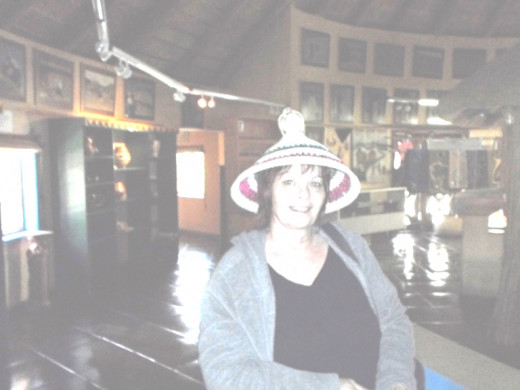
What do I personally know about Lesotho and its people?
Since I can remember I knew that Lesotho was the land of the Basotho. I also knew that most of the blacks who were living in the Orange Free State were Basotho.
Most of this region 'belonged' to the Basotho until the white ‘Boere’ (farmers) invaded it during the Great Trek (1836-1838). However, the British Empire managed to annexed the Orange Free State as well as Lesotho (then known as Basotholand), consequently inciting the Basotho Gun_War .
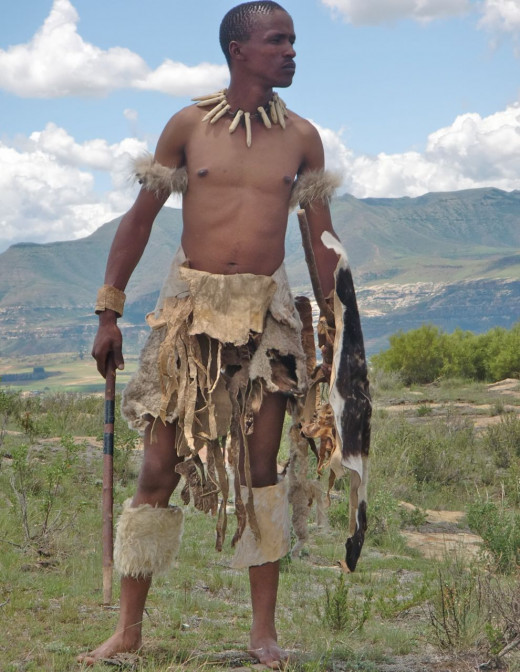
On 23 February 1854
the British allowed the white Boers in the Orange Free State their own independent government, which consequently led to wars between the Boers and the Basotho -
- Senekal's War (1858-1858),
- Seqiti War (1865-1866),
Due to a treaty that was signed to define the boundaries of Lesotho - for the Basotho - and the Orange Free State - for the white Boers - the Basotho were left with a kingdom half of its previous size.
The first substantial State President of the independent Orange Free State, Josias Philip Hoffman, was fired on 10 February 1854 after being in office for only one year, because he had given – as a gesture of good faith – a keg of gunpowder to the king of the Basotho, Morena e Moholo Moshoeshoe I (Morena is the Basotho's word for 'king'.)
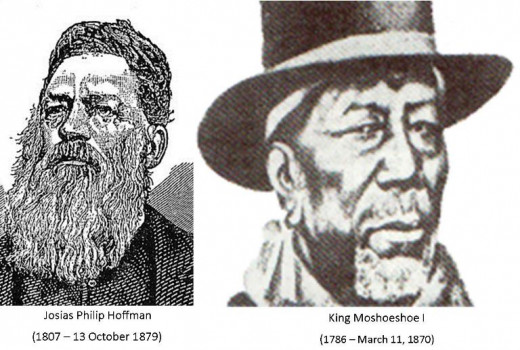
While I was a child during the Apartheid-regime,
we lived on a small holding near Bloemfontein (the capital city of the Orange Free State). In my ignorance of the pervasive consequences of an apartheid-regime I have experienced the Basotho as friendly and trustworthy people. I did not know about their discontentment and the efforts of their leaders to free them from white domination.
I were fond of those who were employed by my parents to work in our vegetable gardens. They called me 'nonnatjie' (little girl) - as they were, in their unfortunate state of forced, submissive humbleness, not allowed to address white people with their names. Since 1994, when apartheid was finally demolished, this incongruity belongs to the past.
'Stroois': A small one-room building built with bricks, sometimes plastered with brown clay but not lime-casted or painted. The flat roof was of corrugated iron
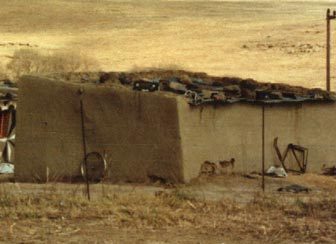
Example of a classical, average house (occupied by whites) on a small holding in the '60's
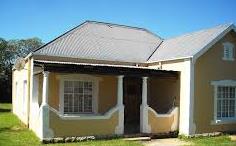
Protected and privileged (in my white skin), I remember only one incident of violence: A women called Liesbet, who was living with her husband and children like all the other workers in a 'stroois' - , came to our house one night after dark. She reeked of smoke due to the coal stove in her one-room house and of the Basotho's unique home-made beer called Kafferbier (which is today a most offensive word!) Blood was running down her face from open wounds in her head and she was screaming like a lean pig (as we describe people who are crying loud and unrestrained.)
Only 5 years old, disillusioned and shocked, I understood that Liesbet had been hit with a brick by her drunk husband. But before I could understand anything more I was sent to my room where I was not able to observe anything that could scare me.
Liesbet was allowed to spend the night in our house – on the floor in the kitchen! At that time allowing her – a black woman - to sleep in our guest room would have been totally wrong according to the indoctrinated, RELIGIOUS beliefs of white Afrikaners. Sadly, even today in South Africa many whites will find it difficult if not impossible to overcome their prejudice that whites are intrinsically superior to all other races.
During our trip to the Katse Dam, when we passed a couple of children walking along the road, a black girl of about 10 years old spat at us - a thick, large snow-white ball of sputum that is still haunting me. If racial hate is to be justified and allowed, black people will surely get all the right in the world to practice it. (See video below of the social implications of the Highland Water project.)
However, my parents were held in high esteem by all the Basotho in our vicinity. My father was the local missioner (in his spare time, as he was during the day a lecturer at a technical college). He was also a qualified paramedic and a reservist police officer. Sunday afternoons, when all the Basotho in our region came to our house to attend a religious sermon delivered by my father, I sang along in Sesotho, hanging on the lips of my father who could speak Sesotho as if it was his mother tongue.
When I finally found myself in adulthood, I managed to unravel a few mysteries:
- The gun my father bought when I was 4-5 years old was NOT to kill pigs in our small husbandry, but to use in self-defense when discontented black activists decided to attack us.
- We did not move to town when I was 8 years old in order to spare my sister and I the miles of walking per day between home and our school (for only whites), but because living on a small holding and travelling by train and car to Bloemfontein had become dangerous to life due to terrorist tactics that were adopted by the African National Congress (the current ANC-government), who had been trying since 1912 to free the blacks in South Africa from white oppressive government. (Ref.: Resistance_to_South_African_apartheids
BTW: Black children had their own schools, but conditions, resources, syllabI and discipline were far below the standards that were set and maintained in schools for whites.
But even in Lesotho, where Apartheid was never an issue, innocent people still get the worst of it In the name of development -
In conclusion
Traveling by car to the Katse Dam in the Maluti Mountains of Lesotho was an unforgettable experience. Apart from accommodation for tourists, a couple of modern stores and TV-antennas attached to even the most humble houses, I haven’t seen any unspoiled nature in the name of Civilization, Art and Capitalism.
See more pictures of the Katse Village, Dam and Lesotho here – here.
© Martie Coetser
© Martie Coetser: 15 November 2013
National University of Lesotho
